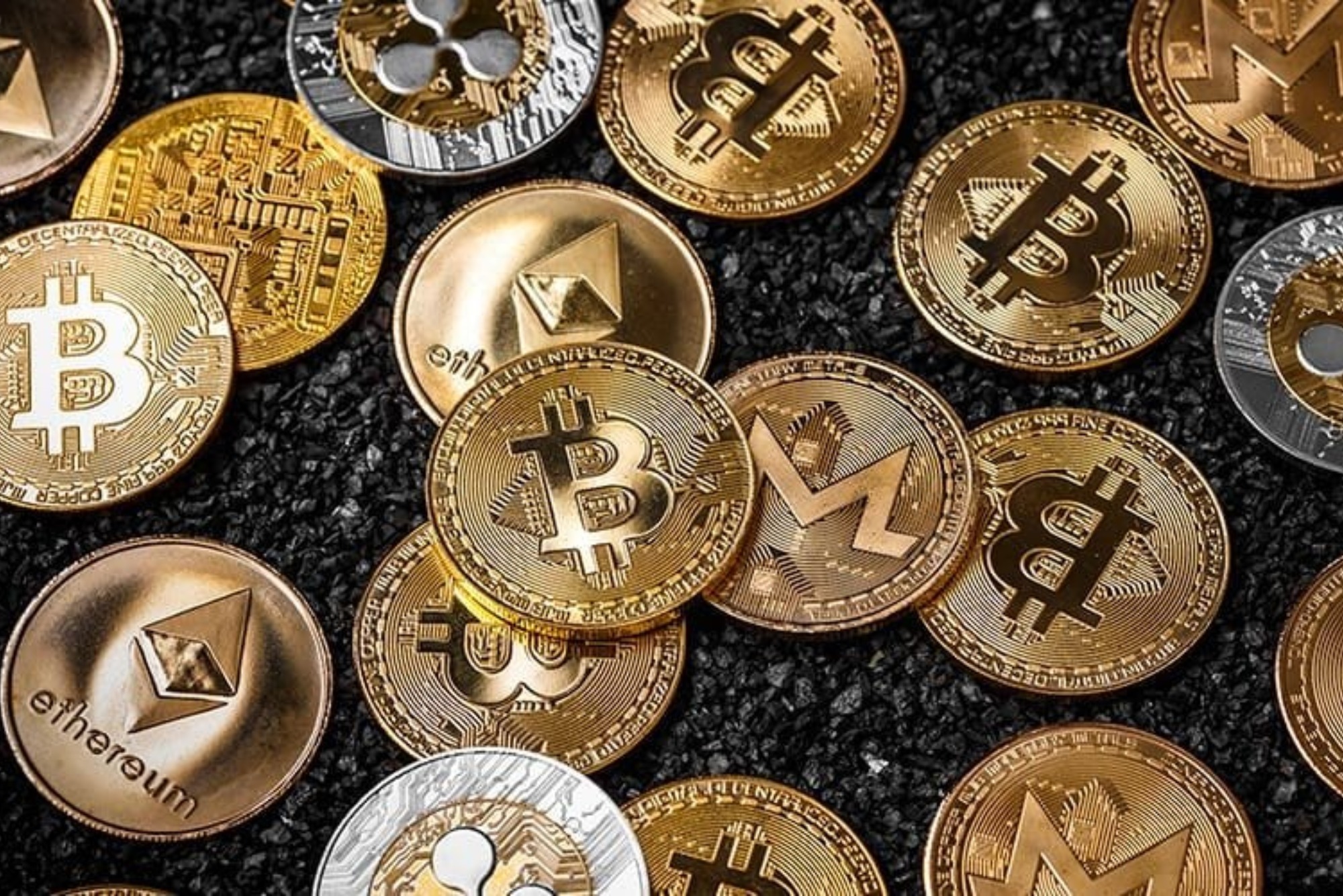How Bitcoins Are Produced
Bitcoin, the pioneering cryptocurrency, operates on a decentralized system, meaning it isn’t controlled by any central authority. But have you ever wondered how these digital coins come into existence? Let’s delve into the fascinating process of bitcoin production.
The Fundamentals of Bitcoin Mining
Understanding Mining
Bitcoin mining is the backbone of the cryptocurrency’s network. Miners, equipped with powerful computers, compete to solve complex mathematical puzzles. This process validates and secures transactions on the blockchain.
The Role of Miners
Miners play a crucial role in maintaining the integrity of the Bitcoin network. They process transactions, prevent double-spending, and ensure consensus among network participants.
Mining Rewards
Miners are incentivized with rewards for their efforts. When a miner successfully solves a puzzle and adds a new block to the blockchain, they are rewarded with newly minted bitcoins and transaction fees.

The Blockchain Technology
Blockchain Overview
Blockchain, the underlying technology of Bitcoin, is a decentralized ledger that records all transactions in a transparent and immutable manner. It ensures the integrity and security of the network.
Block Creation and Validation
Transactions are grouped into blocks, which are then added to the blockchain through a process called consensus. How Bitcoins Are Produced Each block contains a cryptographic hash of the previous block, creating a chain of blocks linked together.
Decentralization and Security
The decentralized nature of the blockchain makes it resistant to tampering and censorship. Transactions are verified by nodes spread across the network, eliminating the need for a central authority.
Environmental Concerns and Sustainability
Energy Consumption
Bitcoin mining requires substantial computational power, leading to concerns about its environmental impact. The energy-intensive process has drawn criticism for its carbon footprint and electricity consumption.
Sustainable Solutions
Efforts are underway to address the environmental concerns associated with bitcoin mining. Innovations such as renewable energy sources and energy-efficient mining hardware aim to mitigate the carbon emissions associated with cryptocurrency production.

Bitcoin production is a multifaceted process that combines technological innovation, economic incentives, and environmental considerations. As the cryptocurrency ecosystem continues to evolve, understanding how bitcoins are produced is essential for grasping the dynamics of this revolutionary digital currency.
Bitcoin to US Dollar
Bitcoin to US dollar fluctuates constantly, influenced by various factors like market demand, investor sentiment, regulatory developments, and macroeconomic trends. As of now, one bitcoin is equivalent to approximately [current exchange rate]. Investors closely monitor this exchange rate for trading and investment decisions, contributing to the volatility and dynamics of the cryptocurrency market.

